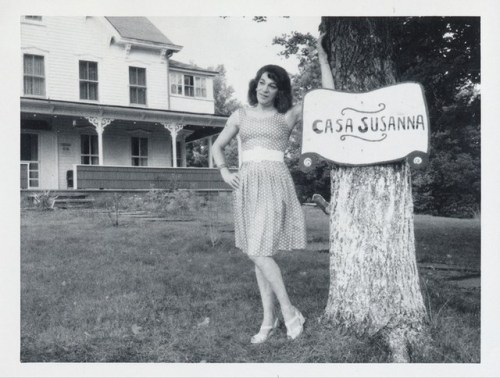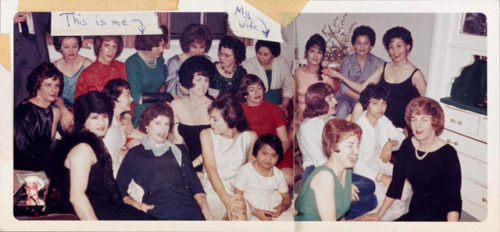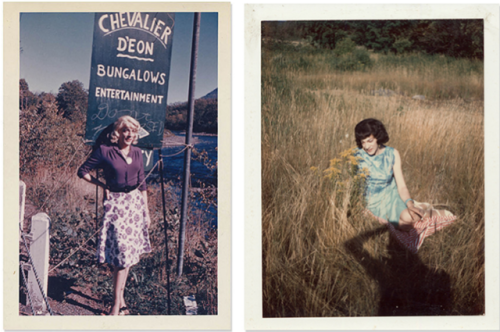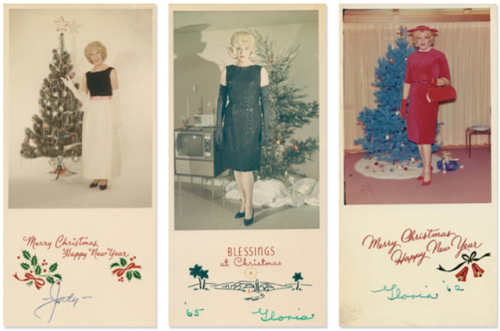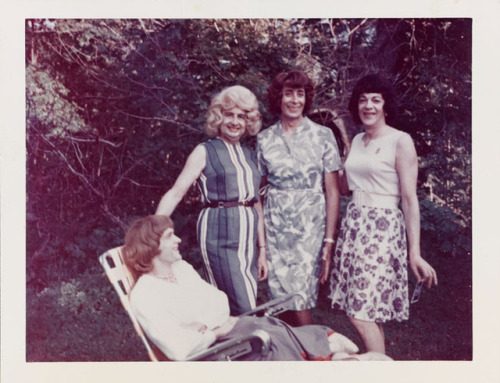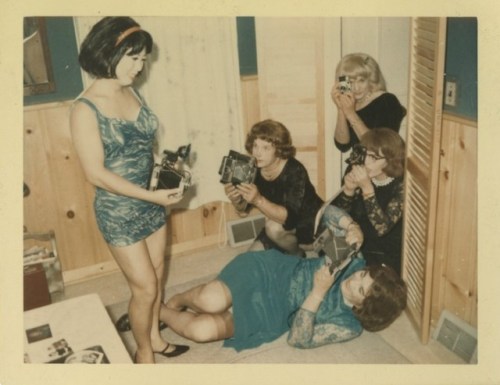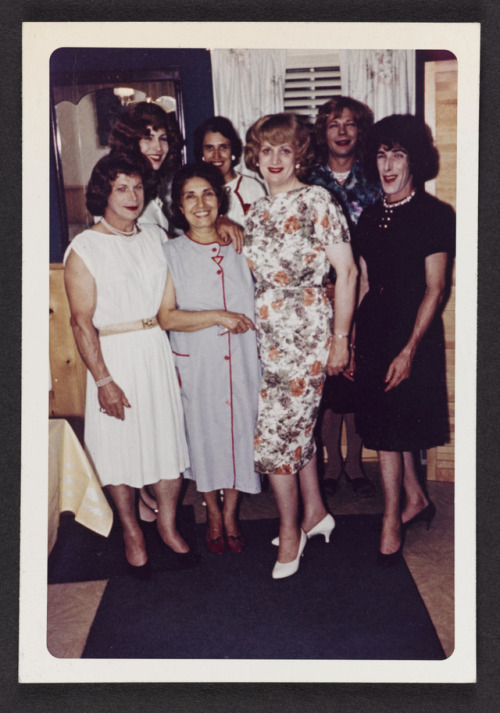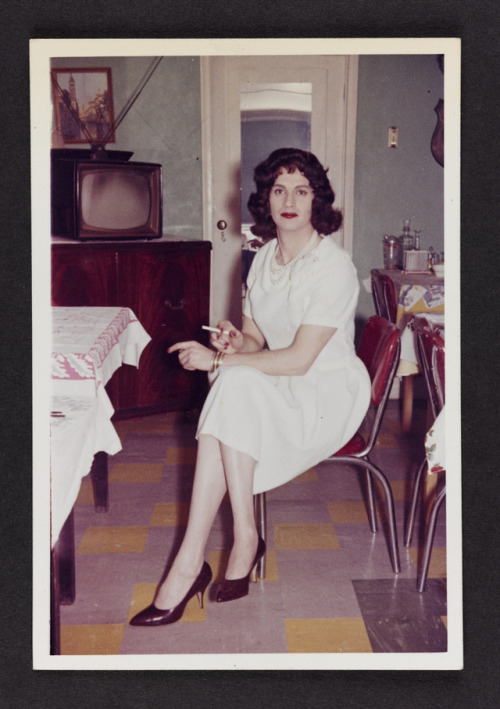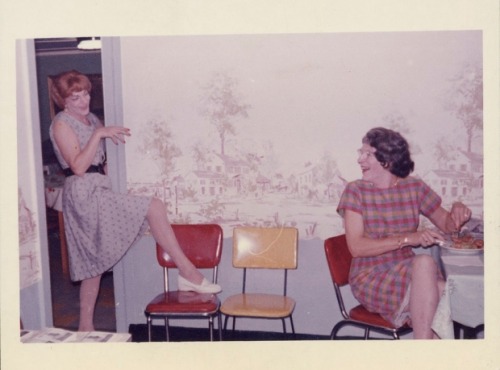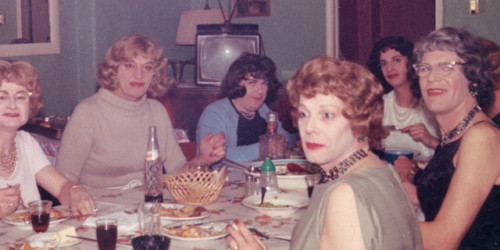Welcome to Casa Susanna Tito Valenti immigrated to the US from Latin America in the mid-1940s.Vale
Welcome to Casa Susanna Tito Valenti immigrated to the US from Latin America in the mid-1940s. Valenti consulted a doctor in the late 1940s about his desires to cross-dress. The doctor showed understanding, and introduced him to another transvestite, the first that he had met.Valenti’s second wife, Marie, ran a wig boutique in New York, advertised it in Transvestia, and introduced many of her clients to Susanna Valenti, her husband’s other persona. Indeed Susanna also had met her when looking for a wig. Marie also catered to professional female impersonators and was regarded as one of the better wig-makers in New York. From the mid-1950′s until 1969, Susanna Valenti and her wife, Marie, operated two resorts for masculine to feminine cross dressers in upstate New York: the Chevalier d'Eon Bungalows and Casa Susanna. The resorts provided a safe haven for visitors to explore alternative forms of gender expression. Guests spent weekends reveling in the freedom to dress in women’s clothing and accessories something they could not do in day to day life talking, performing skits, sharing fashion and makeup tips, and photographing one another. The snapshots, taken by the participants themselves, are typically candid and full of camaraderie: groups of friends at parties, enjoying a summer afternoon, celebrating birthdays. But many also feature individuals playing different female roles, including the femme fatale and the matron, highlighting a keen awareness of image, appearance, and gender roles in the culture.The quiet banality of these scenes belies the violence and ridicule the subjects might have faced in the world at large. At the time, laws in Canada and the U.S. criminalized queer life. In New York, for instance, if an individual wore fewer than three items of clothing of their supposed gender, they could be arrested on charges of “sexual deviancy.” For decades, anti cross dressing laws were a flexible tool used by police to enforce normative notions of gender. These laws have now been repealed, human rights laws have been passed, and trans visibility has increased dramatically in recent years. But violence toward gender non-conforming people particularly people of color remains pervasive in Toronto and elsewhere. In the 2000′s, Robert Swope discovered hundreds of photographs at the 26th Street flea market in New York. He instantly read the photographs as of men dressed as women, and purchased them. He and his partner, Michel Hurst arranged the photographs as a book, Casa Susanna. It was published in 2005. -- source link
Tumblr Blog : thegayreich.tumblr.com
#transgender#lgbt history#gay hisory#trans history#crossdresser#casa susanna#new york#love wins#homo history#queer history#transwomen#latinx#history
